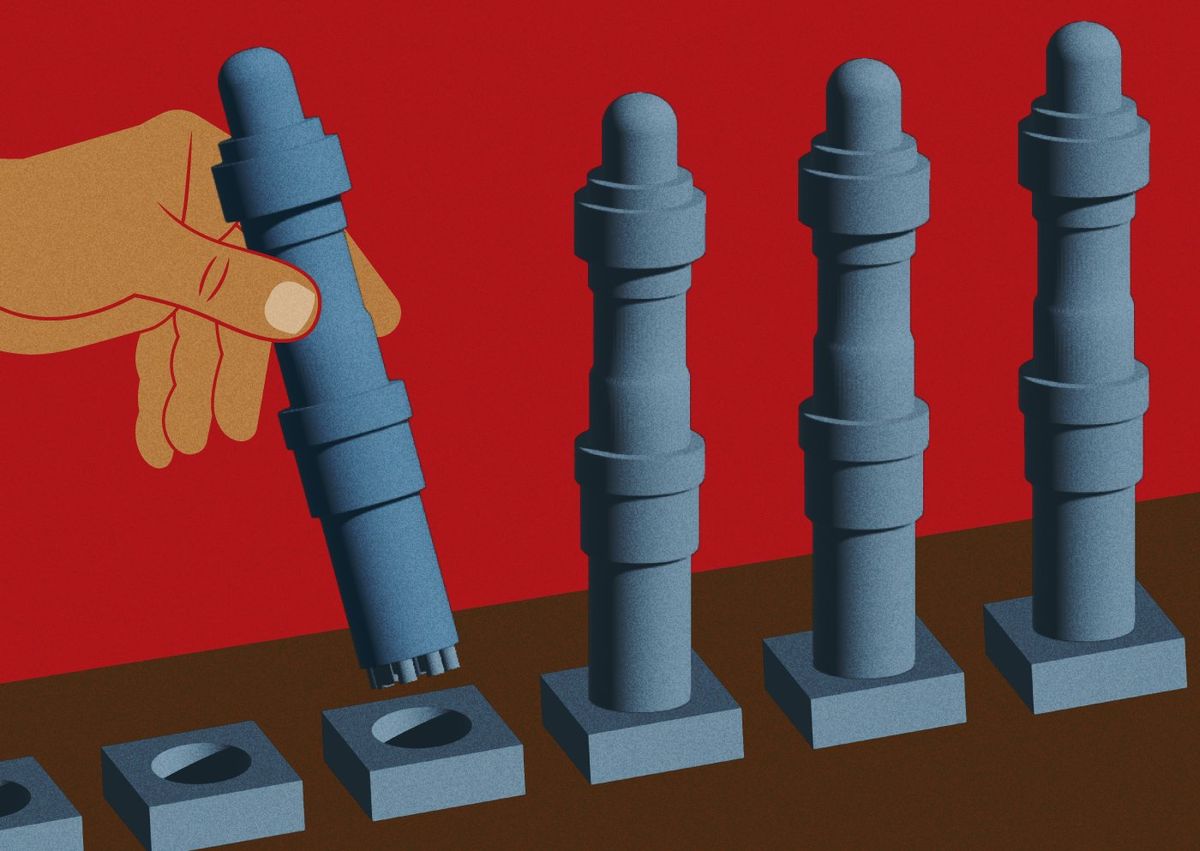Advanced nuclear developer NuScale and a Utah state government agency have terminated what would have been the first small modular reactor to enter commercial service in the United States.
The Carbon Free Power Project (CFPP) was scheduled to begin generating electricity in 2029. NuScale had begun preparing the site and crafting the reactors. But its developers have now pulled the plug, claiming that the number of paying subscribers was too low to economically justify the project.
The cancellation pushes small modular reactors’ U.S. debut even further into a murky future.
It is a setback for perhaps the most advanced small modular reactor developer in the country. Last year, the U.S. federal government’s Nuclear Regulatory Commission (NRC) voted to approve NuScale’s design for a 50-megawatt reactor. NuScale has since submitted an application to uprate the design to 77 MW. NuScale hoped to deploy that more powerful design in the CFPP plant.
NuScale had developed the project in partnership with Utah Associated Municipal Power Systems (UAMPS), a consortium that provides electricity to its members throughout the western United States. The project would have consisted of six 77-MW modules, combined for 462 MW.
Idaho National Laboratory, which hosted the would-be project site, planned to use an unspecified number of the modules; the remainder would have provided electricity to paying subscribers in Idaho, Utah, and surrounding states. The first module was scheduled to come online in 2029, the five others by 2030.
CFPP’s planners had already made significant headway since 2020, when the U.S. Department of Energy, which oversees the national lab, awarded the project up to US $1.4 billion. NuScale and South Korean construction firm Doosan Enerbility began forging the first reactor module in April. In June, CFPP acquired a Phase II site-use permit, indicating that the site had cleared environmental review.
All the time, the project’s costs had spiraled, both for its builders and for would-be users of its electricity. CFPP’s plans initially called for 12 modules, but planners later downsized it to six. More recently, Bloomberg reported that the projected user cost per megawatt-hour had jumped 53 percent, surpassing the average costs for solar and wind energy in the United States.
The rising costs, according to NuScale and UAMPS, turned away potential users. “It appears unlikely that the project will have enough subscription to continue toward deployment,” the two partners said in the announcement of their cancellation.
NuScale, UAMPS, and the Energy Department will now wind down the project site.
For proponents of advanced nuclear, CFPP’s scuttling is a clear and present setback. “We recognize the disappointment that this decision may bring to those involved in the CFPP project,” commented Judi Greenwald, executive director of the pronuclear Nuclear Innovation Alliance think tank.
Greenwald expressed confidence that CFPP’s cancellation will not hamper SMRs in the long run. “This is one project among many that are being developed to deploy advanced nuclear technologies,” she said. “We must continue to support a portfolio of different approaches to ensure we see successful deployment of advanced reactor technologies in the timeframe necessary to ensure we meet midcentury climate obligations.”
Indeed, NuScale retains the approval for its SMR design. But with CFPP gone, it is now uncertain whether any NuScale SMRs will enter commercial service in the United States before 2030. None from the host of other SMR developers have yet received the NRC’s seal of approval.
Nevertheless, SMR development continues to advance around the world. This month alone, the U.K. government invited six SMR developers to bid for official contracts. Meanwhile, Norwegian energy company Norsk Kjernekraft formally proposed fitting an SMR into what would be that country’s first nuclear power plant. Furthermore, workers in Hainan, China, placed the finishing touches on the containment shell of the world’s only under-construction SMR, the 125-MW Linglong One.
- Downsizing Nuclear Power Plants ›
- The Future of Fission Reactors May Be Small ›
- India to Build Small Nuclear Reactors for Net Zero Targets - IEEE Spectrum ›
- These Microreactors Could Bring Nuclear Power to Remote Areas - IEEE Spectrum ›
- U.S. Pushes $900M for Small Modular Reactors. Is That Enough? - IEEE Spectrum ›



